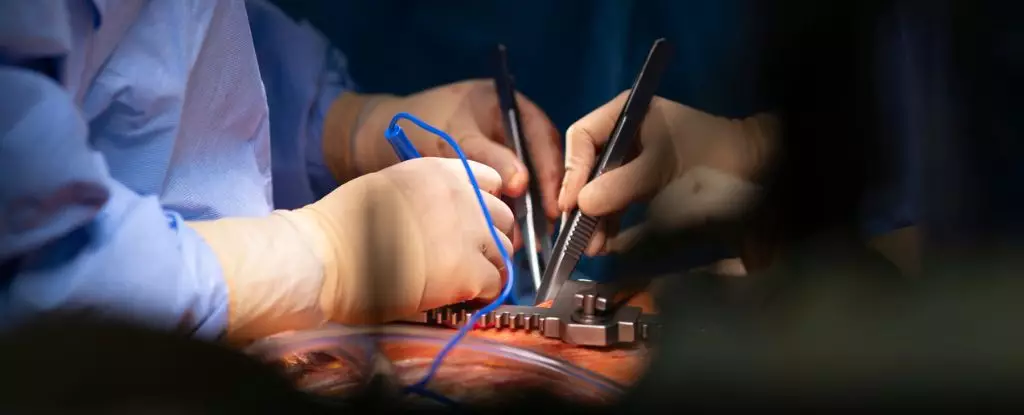The recent advancements by Duke University surgeons in resuscitating “dead” hearts mark a shocking milestone in transplant medicine. For the first time, a heart that had ceased beating for over five minutes was revived and successfully transplanted into a three-month-old infant, saving the young life. While this achievement is undeniably impressive, it raises profound questions about the moral boundaries of medical practice and the very definition of death. Should scientific ingenuity be allowed to push us beyond traditional ethical limits, or does this represent a dangerous crossing into uncharted moral territory?
This groundbreaking case demonstrates the extraordinary potential of “on-table reanimation”—a technique that reintroduces blood flow and oxygen to a donor heart outside the body, restoring its viability. However, the ethical implications extend far beyond mere technical success. Critics argue that such interventions blur the line between life and death, challenging long-held biological and moral distinctions. When a heart—deemed dead—can be revived and transplanted, what does that say about our understanding of death? Are we risking a future where the definition becomes fluid, subject to technological manipulation rather than biological fact?
Furthermore, the debate hinges on whether these procedures respect the dignity of donors and the integrity of legal and moral frameworks that govern death. Critics contend that extracting organs after reanimation, even with consent, might diminish the sanctity of the death process. The question is whether we are prioritizing transplant success and donor pool expansion at the expense of clarity around what constitutes a moral boundary—the moment when life truly ends.
Challenging Ethical Boundaries in Organ Donation
The existing system requires donors to be declared brain dead or, in the case of circulatory death, for the heart to have ceased functioning naturally. The advent of on-table reanimation complicates these categories. If a non-beating heart is revived artificially, does that undermine the very concept of circulatory death? Critics warn that such practices could set a precedent for re-defining death based on technological capabilities rather than biological parameters. This is especially contentious in the case of circulatory death, where the heart’s stopping point has historically been a clear-cut boundary.
Proponents, however, argue that the procedure enhances the donor pool, which is critical given the severe shortage of pediatric hearts—only 0.5% of pediatric transplants originate from circulatory death donors. In essence, they see this innovation not as an ethical infringement but as a moral imperative to save more lives. They emphasize that reanimation outside the donor’s body, using custom-designed devices, sidesteps many ethical concerns related to donor identity and consciousness. This strategy appears to respect the dignity of the donor more than earlier methods, where reanimation occurs within the body, simultaneously raising fears about resurrecting a body while vital signs are still detectable.
Meanwhile, Vanderbilt’s technique offers an alternative approach by preserving the heart with cold solutions, avoiding the immediate reanimation process altogether. By strictly separating the preservation from reanimation, they aim to safeguard the ethical boundaries while still expanding the organ supply. Their method is designed to be less morally controversial, emphasizing that the preservation process is non-resuscitative and avoids the complications of restoring circulation in a still-living body.
Ultimately, these innovations throw into sharp relief the need for clear ethical guidelines that keep pace with technological progress. As we inch closer to a future where organ reanimation could become routine, society must grapple with fundamental questions about what constitutes death, consent, and the moral limits of medical intervention. Pushing boundaries can yield life-saving breakthroughs, but without rigorous ethical oversight, it risks dismantling the moral fabric that underpins human dignity and the sanctity of life.


Leave a Reply